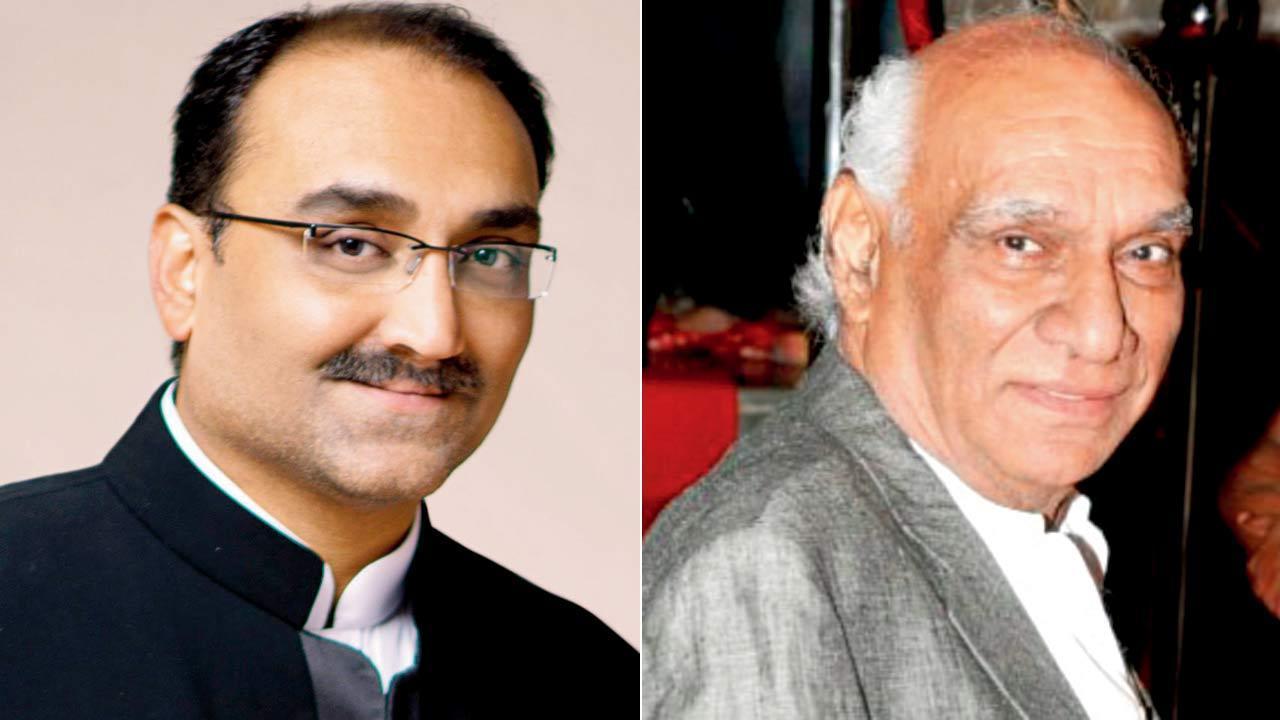
For decades now, art and media have been wrestling with the representation of communities on the margins of our societies. However, the pendulum of portrayal has mostly swung between extremes—casting marginalized communities in either a perfectly saintly or perfectly sinful light, both of which can be equally problematic. In recent years, however, there has been a subtle but significant shift: queer individuals in positions of authority and influence are increasingly taking control of their own narratives. This transformative change is notably embodied in two groundbreaking hip-hop/rap albums released earlier this year by trans rappers—Kinari’s “Kattar Kinnar” and Shehzor’s “The Girl with Sideburns.” These albums represent a brilliant articulation of the argument that representation doesn’t have to be tokenistic or one-dimensional.
“The queer art and media around me were channeling happiness and pride. But for me, this isn’t the entire truth. The on-ground reality of being a trans woman in this country isn’t all sunshine and rainbows,” says Kinari, a Chennai-born, Delhi-based trans woman rapper, producer, and DJ. She speaks with a tone that is matter-of-fact, musical, and unflinchingly honest—much like the rhymes and bars she spits in her debut album, “Kattar Kinnar.” Kinari set out to capture the harsh realities of carving out a space for herself in what she describes as a “cruel, hate-filled world.” The result is an album that’s both compositionally rich and lyrically intense, filled with references that speak to India’s homegrown queer pop culture and camp histories.
Kinari’s “Kattar Kinnar” incorporates dialogues and musical samples from the 1988 Rekha-starrer “Khoon Bhari Maang,” a film that was highly influential for her. “This was a very inspiring film for me because it showed me cosmetic surgery for the first time. Also, I identified with Rekha’s character, a woman wronged by society; I feel it is a very trans film,” she explains. The music cues and sound effects from the movie resonated with the album’s dangerous, defiant mood.
Meanwhile, Hyderabad-born and based rapper-producer Shehzor brings her own flavor to the table with her debut album, “The Girl with Sideburns.” The album was born during a six-month period when she was forced to move back in with her birth family. “I began to play around and make beats on my laptop and watch Bollywood films to snip samples from them,” Shehzor recalls. She would then experiment by freestyling lyrics while riding her mother’s Scooty through the city, before recording them. This organic process led to the creation of 11 tracks that are as vivid and dynamic as the city sounds they are imbued with.
.
Shehzor’s album stands out for its playful yet profound use of language. She performs in Hyderabadi dakhini, a dialect spoken in Telangana, Andhra Pradesh, Karnataka, and Maharashtra. “I saw Hyderabadi rappers only using this language for crowd-work or banter but they don’t rap in it. I think it’s because they’ve internalized that one can’t be serious in dakhini,” she notes. In contrast, Shehzor discovered that the inherent humor, playfulness, and even vulgarity of dakhini opened up new avenues for expressing her serious poetry about queer identity and her gender journey.
These two albums sidestep the common pitfalls of representation politics by refusing to paint their creators as mere victims or paragons of virtue. Kinari and Shehzor present nuanced and sometimes critical takes on their own communities and society at large. Kinari’s music brings together influences from her life in Delhi’s Khirki Extension, Bollywood beats, and traditional Tamil rhythms. She defies norms with a confident swagger, addressing everything from her tumultuous relationships to the double standards imposed on marginalized people: “Mai boli baby jhukne ki zarurat nahi/5 inch heels pe main kaafi tall” (Let me tell you baby, there’s no need to bow down/I look down on you in my 5-inch heels).
In contrast, Shehzor’s style is more narrative and reflective. She intertwines her personal experiences with myths and religious lessons, offering critiques through tracks like ‘Waat,’ which reinterprets the story of Prophet Ayyub (similar to Job from the Bible). She challenges the notion of patience as a divine test with the line, “Sabr ka phal aaya toh zubaan jal gaayi” (by the time the sweet fruit of patience arrived, my tongue was already on fire).
Neither artist is content to be pigeonholed. They are driven by their curiosities and committed to exploring new projects. Shehzor plans to continue working in Hyderabadi dakhini but is also moving to Goa to start a rock band with friends. She envisions a spontaneous, unplanned mini-tour to perform tracks from her album in various cities.
Kinari, on the other hand, is shifting gears for her upcoming project “Pinjre Ke Geet,” where she trades her assertive demeanor for more melodic and vulnerable meditations. With two tracks already released—’Bhakt’ and ‘Khvab’—listeners can notice a subtle but significant shift in her style, inviting them to look beyond her persona.
The rise of these two trailblazing artists marks a turning point in the representation of queer identities in art and media. By taking control of their own stories, Kinari and Shehzor not only break barriers but also enrich the cultural tapestry with their authentic and compelling narratives.










